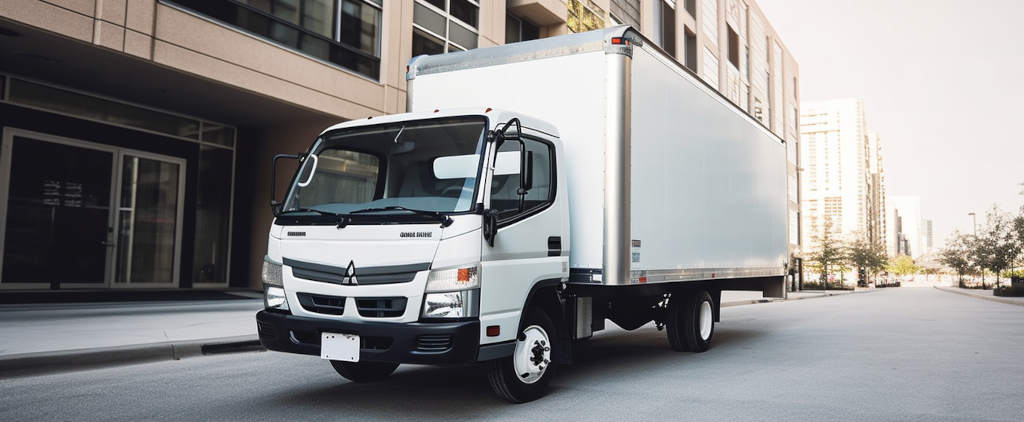All About Team Driving
Understand the good and bad of partnering up for the long haul

BACK TO BLOG
Box trucks, also known as cube vans, are a vital part of the transportation industry, particularly in the commercial trucking sector. These vehicles are designed to carry cargo in a secure, weather-resistant, and enclosed space, making them ideal for hauling goods over short to medium distances.
The history of box trucks can be traced back to the early 20th century when manufacturers started producing enclosed vehicles that could transport goods. However, it wasn't until the 1930s that box trucks became a common sight on American roads.
In those early days, box trucks were mostly used by bakeries, dairies, and other local delivery businesses. These vehicles were typically small and had a wooden or metal box mounted on a light-duty truck chassis. They were also quite basic, lacking many of the features that are standard on modern box trucks, such as climate control, power steering, and air conditioning.
Over the years, box trucks have evolved, becoming larger, more powerful, and more sophisticated. They are now used by a wide range of businesses, from couriers and moving companies to retailers and wholesalers. Box trucks come in a variety of sizes, from small vans to large tractor-trailers, and can carry a wide range of cargo, from packages and furniture to appliances and machinery.
In addition to their versatility, box trucks are also cost-effective and efficient, particularly for local or regional deliveries. They are easy to maneuver in urban environments, and their enclosed cargo space helps protect goods from damage and theft.
In conclusion, box trucks have come a long way since their early days, and they continue to play a vital role in commerce today. As businesses look for efficient and cost-effective ways to transport their goods, the box truck remains a popular and reliable option.